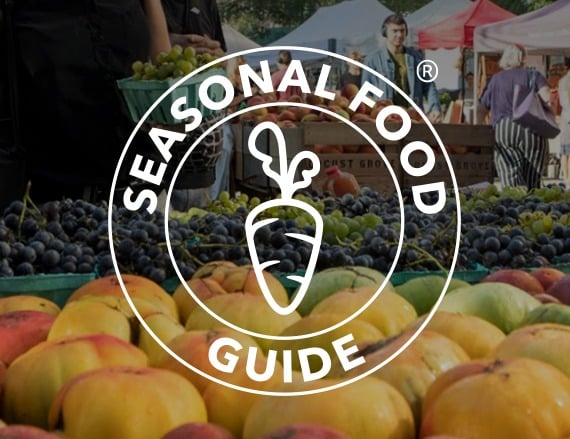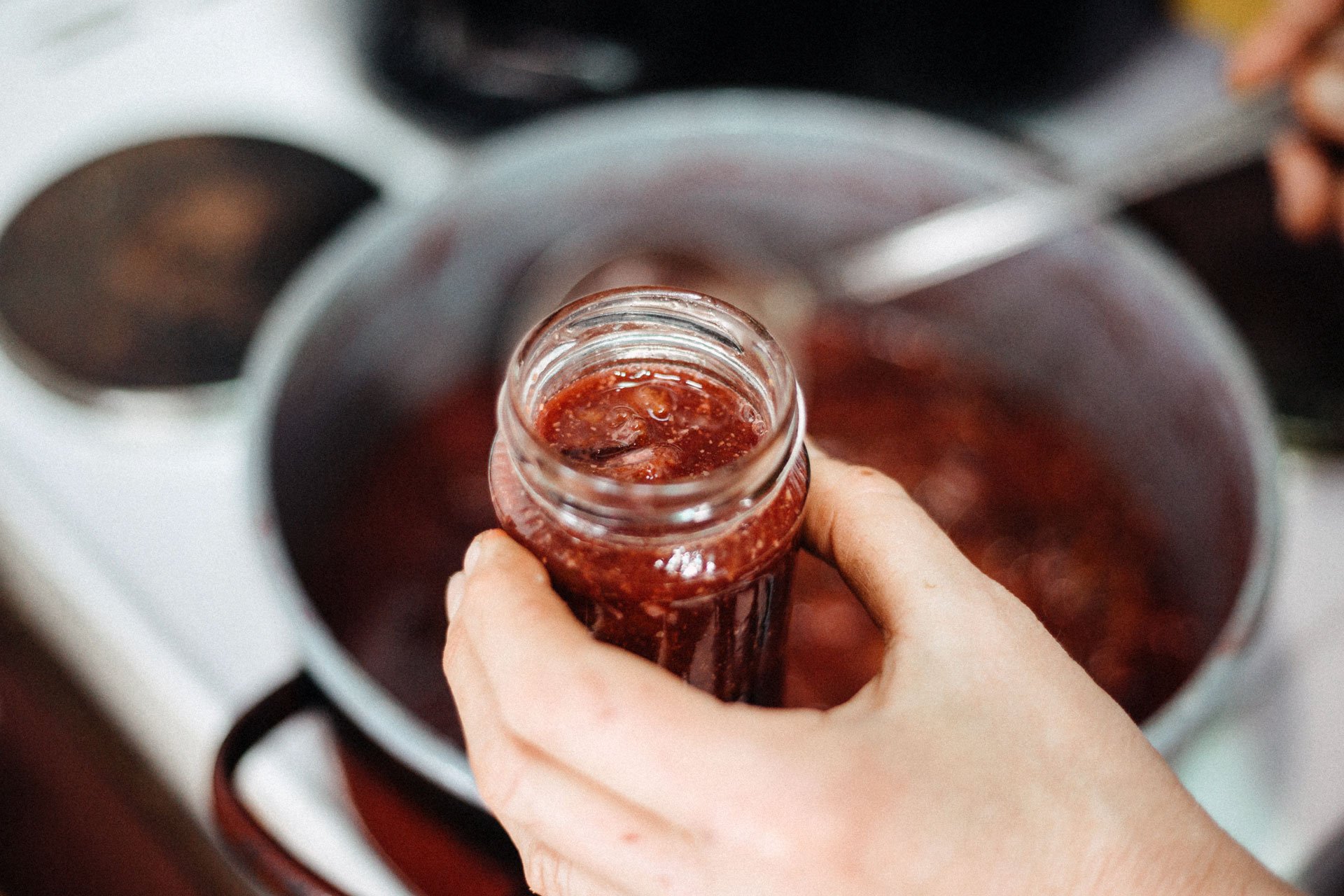Real Food Encyclopedia | Strawberries
There are native varieties of wild strawberries (Fragaria x ananassa) in both the Old and New Worlds, ranging from South America to Europe to Asia. A member of the Rosaceae family (along with roses, apples and blackberries), they have been cultivated in Europe since the 14th century, though there is some evidence that Native Americans may have gardened the North American wild variety even earlier (and created one of the first versions of strawberry shortcake, made by mixing them with cornmeal). The varieties commonly grown in the United States today were developed in 19th century England. Until hybridization with larger, juicier varieties, earlier cultivated strawberries were tiny, much like wild strawberries and the highly prized fraises des bois variety available today.
Fun facts about strawberries:
- Unlike any other fruit, strawberry seeds are on the outside (rather than the inside) of the fruit, technically making the strawberry not a berry at all.
- According to the USDA, they are the third most valuable (non-citrus) fruit crop grown in the U.S., behind grapes and apples.
- Almost all strawberries grown in the U.S. are varieties of Fragaria x ananassa, a Chilean-North American hybrid.
What to look for when buying strawberries
When shopping, look for glossy fruit without visibly bruised, mushy or moldy spots. The fruits range in size from the teeny tiny wild-like, or alpine, varieties, to the fairly enormous Tri-Star type. The berries start out white on the plant, so look for strawberries that are deeply red colored without traces of white at the stem. (But note that there are strawberry cultivars bred to be white, though these types are uncommon.)
Sustainability of strawberries
The environmental and health-related impacts of conventional strawberry growing is high, so if you are concerned with these issues, look for locally-grown strawberries and ask your local farmer about his or her production methods.
Pesticides
Strawberries rank the highest, number one (out of 53 ) on the Environmental Working Group’s Shoppers’ Guide to Pesticides in Produce. Because one-third of all conventional strawberry samples contained 10 or more pesticides, the EWG recommends buying organic.
Unfortunately, the pesticides used in conventional strawberry production are some of the very worst — including methyl bromide, which sterilizes the soil and acts as an insecticide (and is also used as a fumigant for many foods and spices, and as a weed killer). According to the EPA, methyl bromide is categorized as a “powerful ozone depleting substance.” It was “phased out” in 2005 in the U.S.’s attempt to comply with the Montreal Protocol on Substances that Deplete the Ozone Layer, but the U.S. lobbied for — and won — “exemptions” that include strawberry production, both for seedlings and fruit.
Even organic strawberries’ seedlings and seeds have been fumigated with methyl bromide — although there’s been some exciting progress in the past few years making organic starts more available. And it’s not just methyl bromide — a variety of other pesticides are also used in conventional strawberry production. Chemical fertilizers are also are the handmaidens of the monocropped, conventionally grown strawberry, as is heavy water usage.
Labor issues
In addition to its effects on the ozone layer, methyl bromide is a highly toxic pesticide that can cause neurological, lung and kidney damage and an increased risk of prostate cancer. Most of the health-related affects of methyl bromide have been recorded in farm workers and pesticide appliers.
Seasonality
Although modern strawberry breeding techniques have extended the season dramatically (especially conventionally-grown berries) in much of the country, locally grown strawberries are available only from the end of Spring through mid-to-late Summer.
Geography
The U.S. leads the world in strawberry cultivation, followed by Turkey and Spain. California is on top of U.S. production of the fruit, as it grows about 80 percent of all American-grown strawberries (and clearly a large proportion of the world’s strawberries, too). Florida and Oregon are also top growers of the fruit, although they are grown in every single U.S. state. Strawberries are labor-intensive to cultivate and are susceptible to a variety of diseases and pests. The seedlings must be planted by hand, and the berries are also still harvested by hand, even in large industrial operations.
Eating strawberries
A strawberry huller is one single-use tool we can stand behind, as it saves more of each berry; rather than having to cut off the top of the strawberry, it actually “cores” the berry and removes the remnants of the stem in one motion (“hulling”).
Storing
Fresh strawberries deteriorate fairly quickly after purchase — the culprit primarily being mold. When you bring fresh strawberries home, inspect each fruit in the basket and immediately discard any that are mushy or moldy, as this mold tends to spread pretty quickly and can ruin an entire basket of berries. You can keep the fruit fresher by waiting to wash them until just before eating, and by storing them in the refrigerator in a paper-towel lined basket or bowl.
Cooking
Strawberries are a versatile fruit and perform well under a multitude of cooking methods — they can be roasted (try tossing with a tiny bit of sugar, roasting just until caramelized, then drizzled with good balsamic vinegar), stewed, tucked into a pie, made into jam, pickled, churned into ice cream or frozen into an icy sorbet.
But strawberries really shine when eaten raw, either completely unadorned, or sliced and tossed with a bit of sugar, orange juice, red wine or balsamic vinegar. Tossing a fruit with sugar and a bit of acidic liquid (“macerating” the fruit) draws out the delicious juices, enhances the flavor and makes a natural “sauce” for topping shortcakes or ice cream. Other classic flavor pairings for strawberries include vanilla, black pepper, rhubarb, other berries, cream (or buttermilk) and, of course, chocolate. If you feel adventurous, try sliced strawberries macerated in a bit of orange juice and sugar (and maybe a splash of rum?), then tossed with orange zest and just a tiny pinch of ground cardamom.
Preserving
Strawberries are a natural for long-term preservation. They can be made into (shelf-stable) jam or fruit leather, and they freeze beautifully, either sliced or whole. To freeze fresh whole strawberries, wash well, hull and pat dry, then place on a cookie sheet in a freezer for at least 8 hours (overnight is easier). When the berries are frozen solid, transfer to a resealable bag and store in the freezer.
Nutrition
Strawberries are high in Vitamin C, fiber and manganese. The berries are also a fairly good source of folate and potassium, and are low in calories.
Top photo by Tim UR/Adobe Stock.


